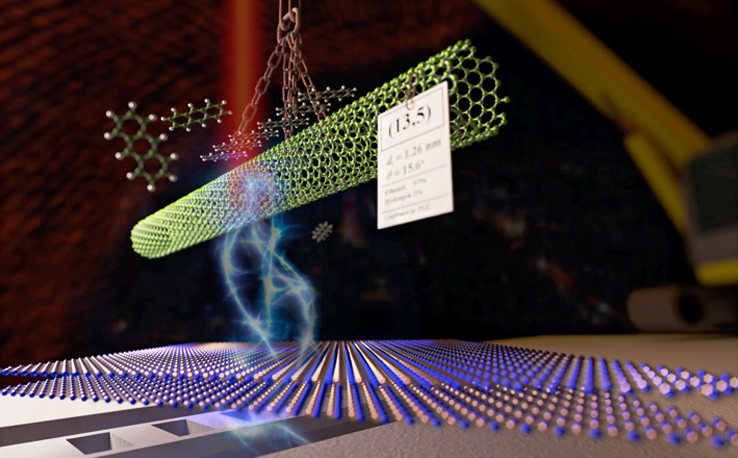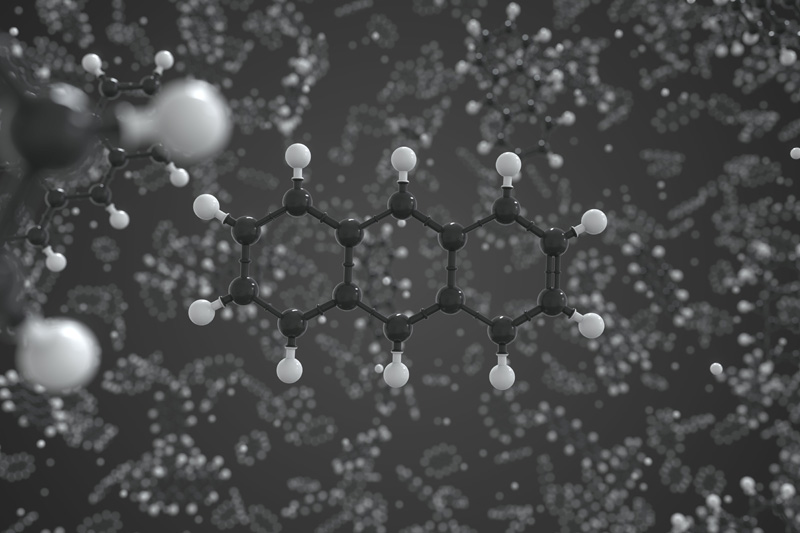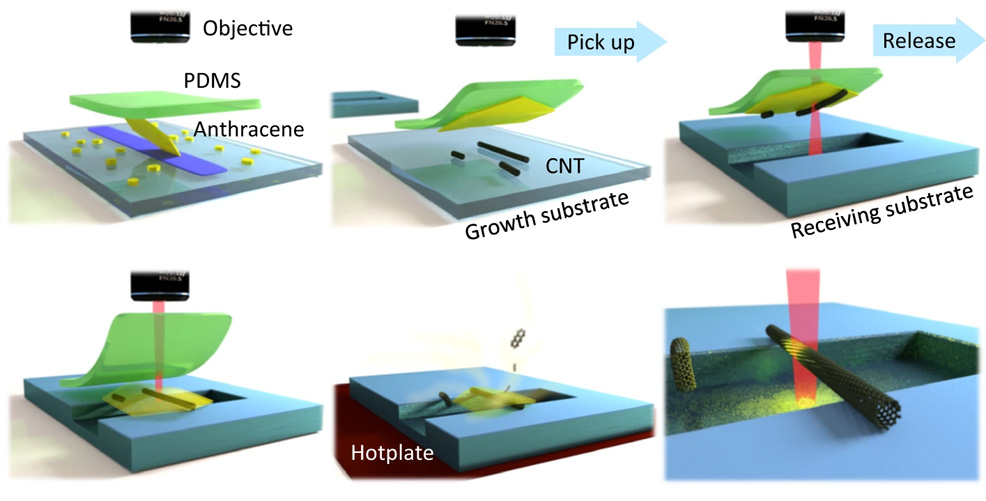
26th May 2021 Nanotubes aligned in pristine condition Scientists from Japan's RIKEN Institute have developed a new "dry transfer technique" which enables the precise positioning of optical-quality carbon nanotubes, without the need for a solvent.
As devices continue to be built on increasingly small scales, researchers are looking toward developing ways to engineer materials at the atomic level. In a breakthrough at the RIKEN Institute in Wakō, Japan, scientists have developed a new "dry transfer technique" – that uses no solvent – to position optical-quality carbon nanotubes in a precise way. Their work is published in Nature Communications. Carbon nanotubes, first theorised in 1952, are a promising type of material with extraordinary properties – such as very high thermal and electrical conductivity, stiffness, strength, and toughness. In the near future, their potential uses include applications such as light-emitting diodes, single-electron transistors, or single photon sources. In the more distant future, they could serve as the key material of a space elevator, allowing low-cost access to orbit. They are essentially tubes made of graphene, rolled up in specific ways. The way they are twisted is critical for allowing their desired properties to emerge. Creating an optimal nanotube requires the precise manipulation of its position and orientation, along with a property known as "chirality," which describes how much it is twisted. It is difficult to manipulate these molecules precisely, however, as using solvents or high-temperature treatments will inevitably leave the nanotubes dirty, hampering their optical characteristics. To solve this issue, the RIKEN team looked for a way to engineer the nanotubes without using solvents. They experimented with anthracene – a colourless, crystalline hydrocarbon (pictured below), using it as a "scaffold" to pick up nanotubes and carry them to wherever they wanted. They then used heat to sublimate the anthracene, leaving the nanotubes in a pristine condition.
They also developed a method for monitoring the photoluminescence of the nanotubes, ensuring that a nanotube with the desired optical properties would be placed correctly. Following this "dry" transfer, the group tested the nanotubes for photoluminescence, finding them to be up to 5,000 times as bright as the original molecule – matching the ideal quality for optical devices. In addition, the group was able to precisely position the nanotubes on top of a nanosized optical resonator, enhancing the light emission properties. "We believe that this technology could contribute not only to the creation of nanodevices from carbon nanotubes with desired properties, but also to the construction of higher-order systems that are based on the free combination of atomic layer materials and other nanostructures," said Keigo Otsuka from the RIKEN Cluster for Pioneering Research, first author of the paper. "Beyond that," said Yuichiro Kato, leader of the research group, "this technology has the potential to contribute to the development of atomically defined technologies that go beyond nanotechnology, in which materials with precise structures at the atomic level are used as building blocks to design and build functions that are different from those of existing materials."
Comments »
If you enjoyed this article, please consider sharing it:
|









